
Guide to Cultivating Chillies: Locations, Timing, and Detailed Step-by-Step Process

Chillies are one of the most popular and versatile crops grown worldwide, valued for their pungent flavor and wide culinary uses. Whether you’re an experienced farmer or a home gardener, understanding the right locations, timing, and cultivation steps is essential to achieve a healthy and abundant chilli harvest. This comprehensive guide will walk you through everything you need to know to grow chillies successfully.
1. Choosing the Right Location
Climate Requirements
Chillies thrive in warm, sunny environments. They prefer temperatures between 20°C and 30°C (68°F to 86°F). Avoid areas prone to frost, as chillies are sensitive to cold and can be damaged or killed by freezing temperatures.
Soil Conditions
Well-drained, fertile soil rich in organic matter is ideal for chilli cultivation. The soil pH should range between 6.0 and 7.0. Avoid waterlogged or heavy clay soils, which can cause root rot and hinder growth.
Sunlight Exposure
Chillies require at least 6 to 8 hours of direct sunlight daily. Choose a location with good sun exposure to ensure strong growth and fruit development.
2. Timing for Planting Chillies
Best Planting Season
The optimal planting time varies by region but generally falls in spring when the threat of frost has passed and soil temperatures reach at least 18°C (65°F). In tropical climates, chillies can often be grown year-round.
Seed Starting
Start chilli seeds indoors 8 to 10 weeks before the last expected frost date. This allows seedlings to develop in controlled conditions before transplanting outdoors.
3. Step-by-Step Chilli Cultivation Process
Step 1: Seed Selection
Choose high-quality seeds suited to your local climate and soil. Select varieties based on desired heat level, fruit size, and culinary use.
Step 2: Seed Germination
Sow seeds in seed trays or pots filled with seed-starting mix. Keep soil moist and maintain temperature around 25°C (77°F). Seeds usually germinate in 7 to 14 days.
Step 3: Preparing the Soil
Before transplanting, prepare the garden bed by tilling the soil and incorporating well-rotted compost or organic fertilizer to enrich nutrients.
Step 4: Transplanting Seedlings
When seedlings reach 6 to 8 weeks old and have 4 to 6 true leaves, harden them off by gradually exposing them to outdoor conditions over 7 to 10 days. Transplant seedlings into the garden, spacing them 30 to 45 cm apart.
Step 5: Watering and Mulching
Water plants immediately after transplanting and keep soil consistently moist but not waterlogged. Apply mulch around plants to retain moisture, suppress weeds, and regulate soil temperature.
Step 6: Fertilization
Use balanced fertilizers during vegetative growth. Once flowering begins, switch to fertilizer higher in potassium to support fruit development.
Step 7: Pest and Disease Management
Common pests include aphids, whiteflies, and spider mites. Monitor plants regularly and use organic insecticides or introduce natural predators like ladybugs. Prevent diseases by ensuring good air circulation and avoiding overhead watering.
Step 8: Pruning and Support
Remove damaged or diseased leaves. Provide stakes or cages to support plants and prevent branches from breaking under the weight of chillies.
Step 9: Harvesting
Harvest chillies when they reach the desired size and color. Use scissors or pruners to avoid damaging the plant. Frequent harvesting encourages more fruit production.
4. Additional Tips for Success
-
Rotate crops to prevent soil-borne diseases.
-
Avoid planting chillies near members of the nightshade family like tomatoes or potatoes to reduce pest risks.
-
Use drip irrigation for efficient watering.
-
Maintain soil health with cover crops or organic amendments.
Conclusion
With the right location, timing, and careful management, cultivating chillies can be a rewarding and productive venture. Following these detailed steps will help ensure you grow healthy plants that yield abundant, flavorful chillies. Whether for personal use or commercial production, mastering chilli cultivation is a valuable skill that enhances your garden or farm’s diversity and profitability.
News in the same category

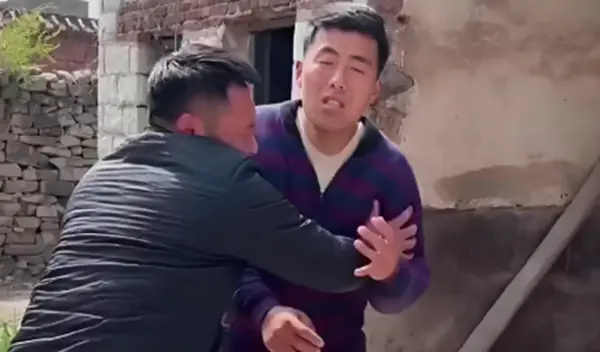
We Thought the Inheritance Was Settled—Until a Second Will Tore Our Family Apart

Man Jail.ed for Dr.ug Trafficking After Selling Late Wife’s Painkil.lers

Doctor shares the three biggest regrets of dy.ing people

According to Their Lights

Gentle Hand

Captain Eli's Best Ear

How to Graft a Rose Bush of Different Colors Step-by-Step

Secrets for Planting Ginger: How to Grow an Endless Supply at Home
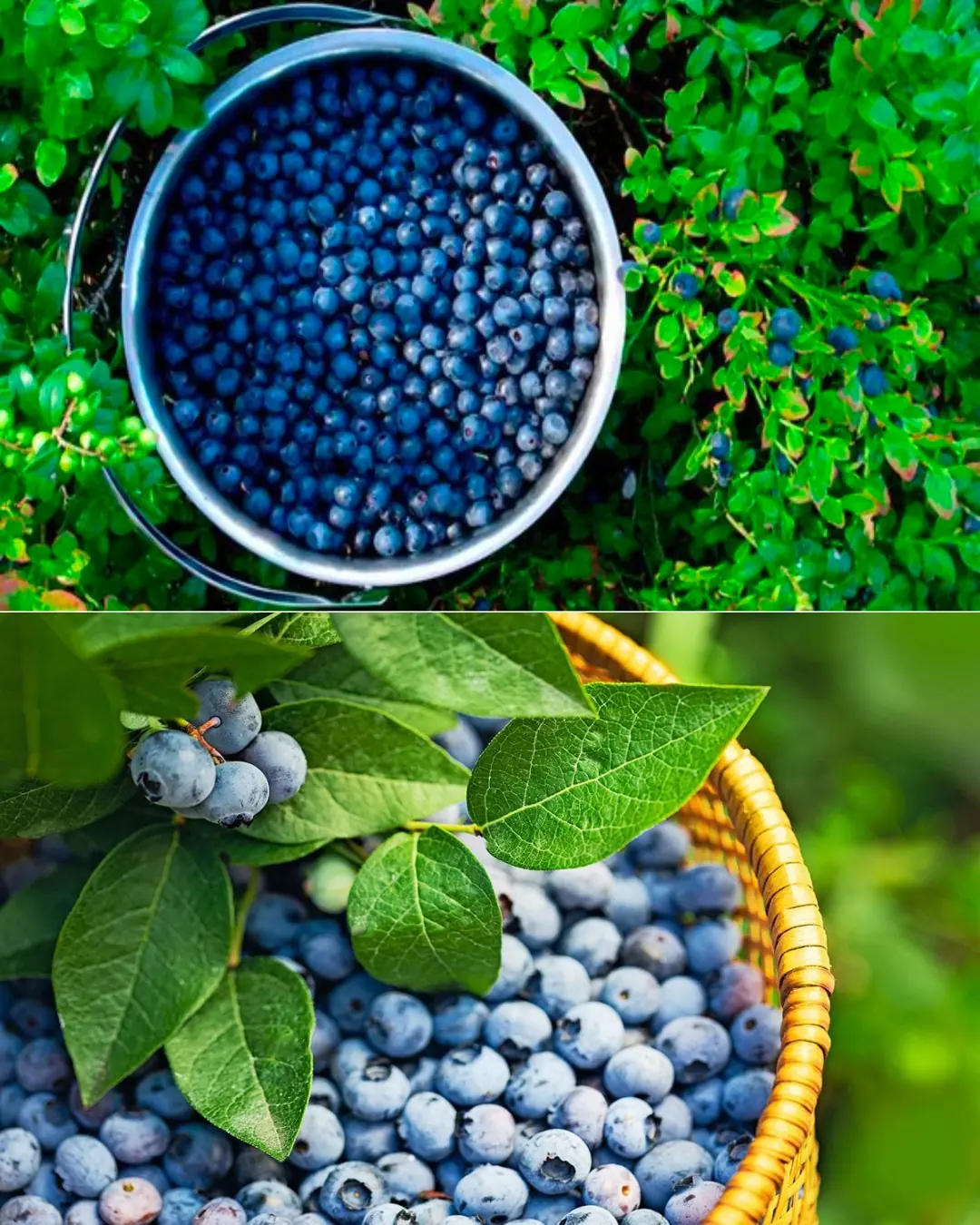
Planting Blueberries at Home: A Guide to Cultivating an Abundant Supply
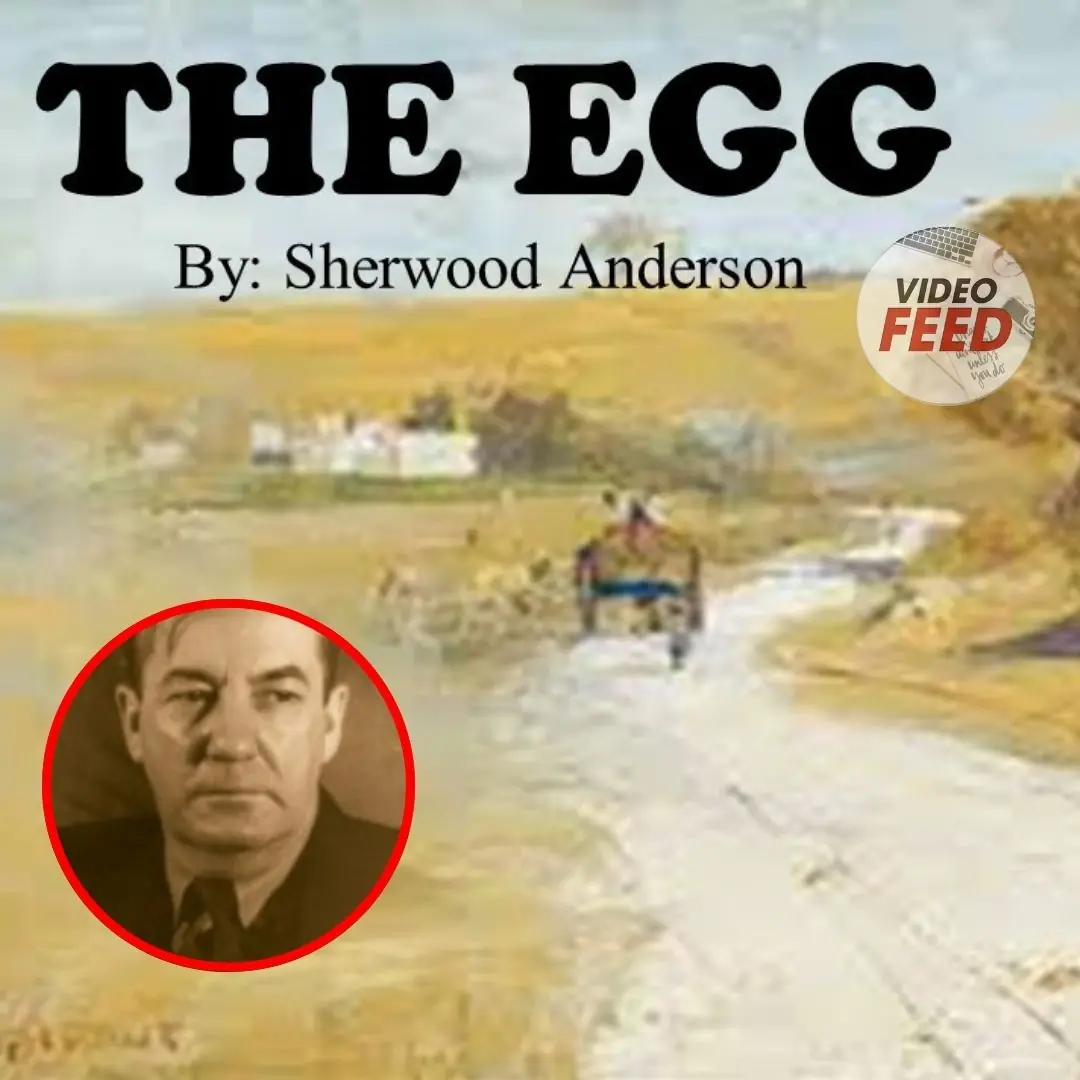
The Egg

How Christmas Came to the Santa Maria Flats

A Country Christmas

How the Leopard Got His Spots

The Vendetta

The startling reality behind the $3,000 I receive each month

How to Grow a Lemon Tree From Seed Indoors or Outside, According to Horticulturists

7 Brilliant Uses For Eggshells In Your Garden
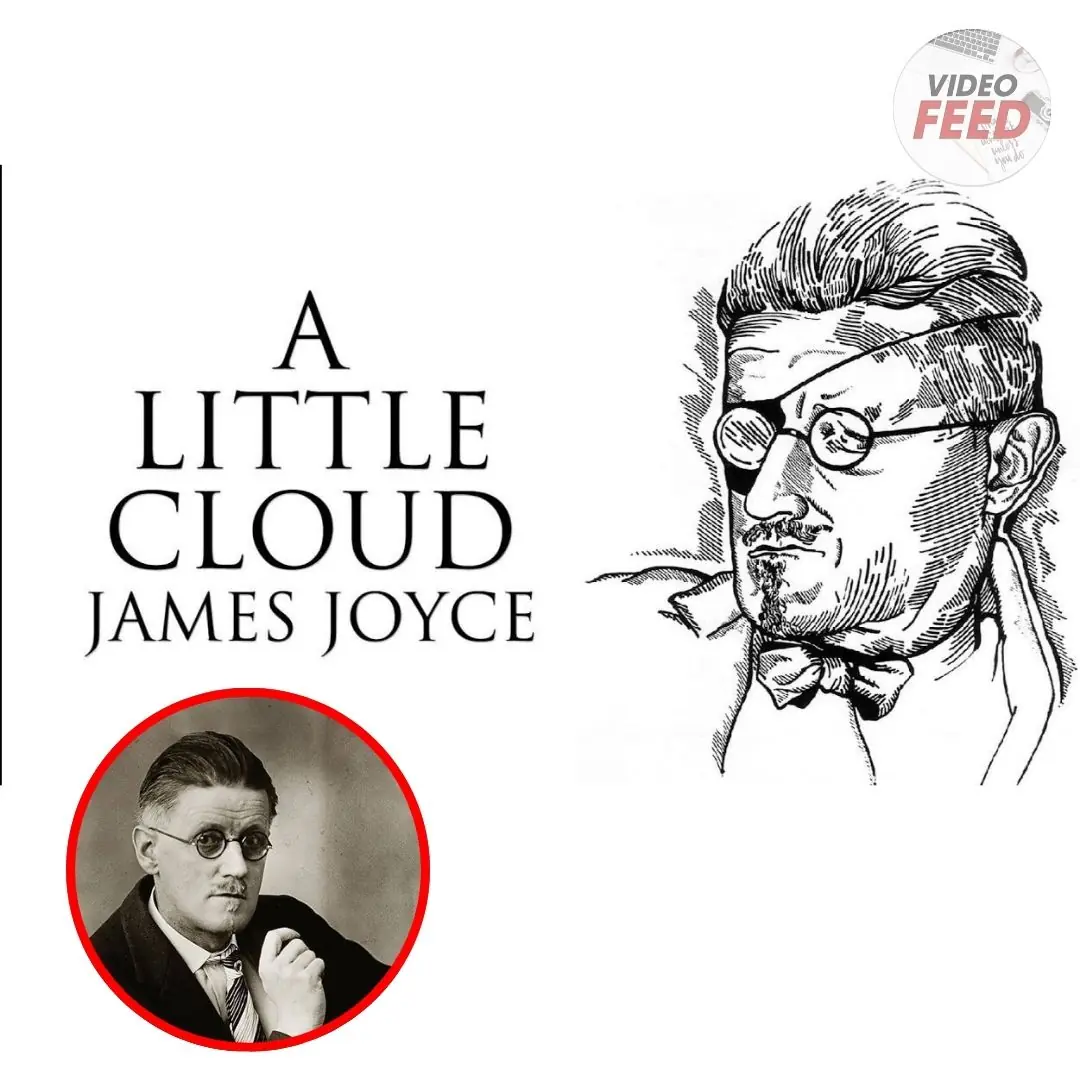
A Little Cloud
News Post

4 Things to Avoid After 5 PM to Lower Your Risk of Stro.ke
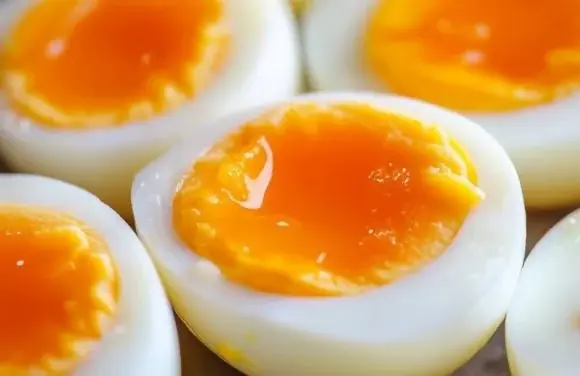
Doctors Warn: This Common Way of Eating Boiled Eggs Can Clog Your Arteries

Blanch Bones First or Simmer Directly?

2 Common Vegetables That Can Harbor Parasites

The 'Vitamin C King' of the Vegetable World

Avoid Swimming If You Spot 'Square Waves'

3 Green Vegetables Called the “King” of Sto.mach Protection
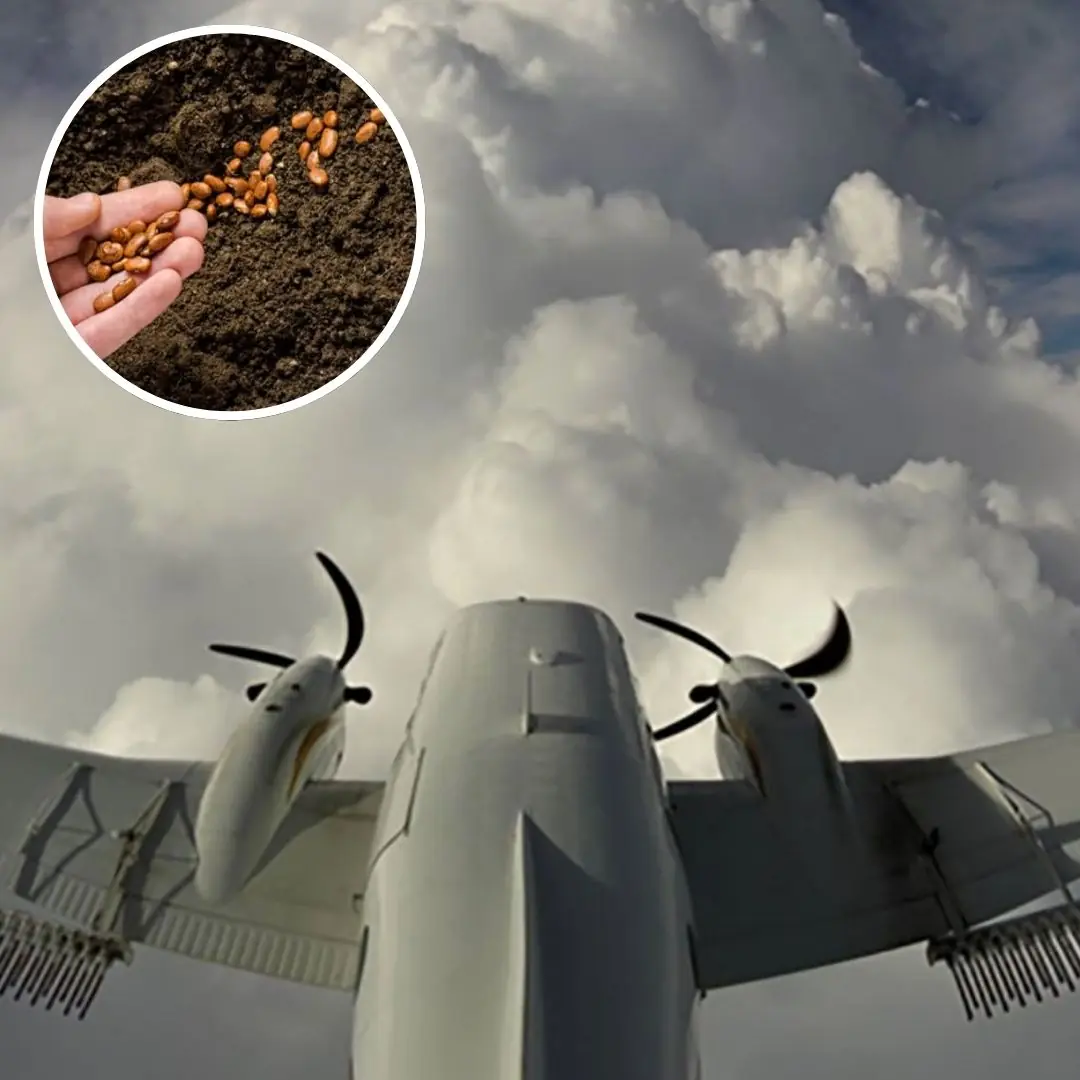
Why You Should Not Bring Seeds on a Plane: A Detailed Explanation

Bladder Ca.ncer: Symptoms You Shouldn’t Ignore

4 Healing Drinks to Prevent and Dissolve Kidney Stones

10 Powerful Reasons a Simple Smile Can Change Your Life
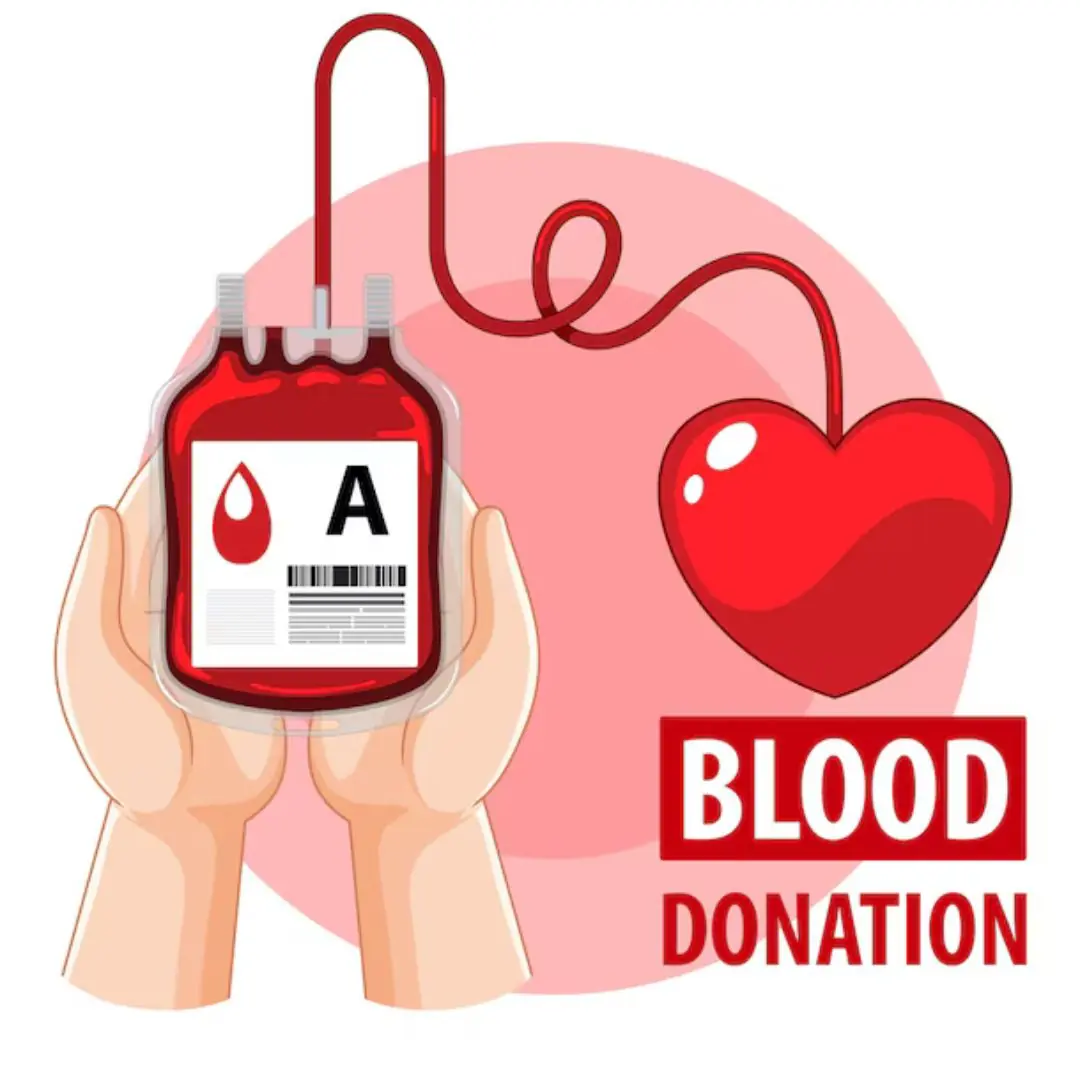
The Surprising Benefits of Donating Bl.o.od
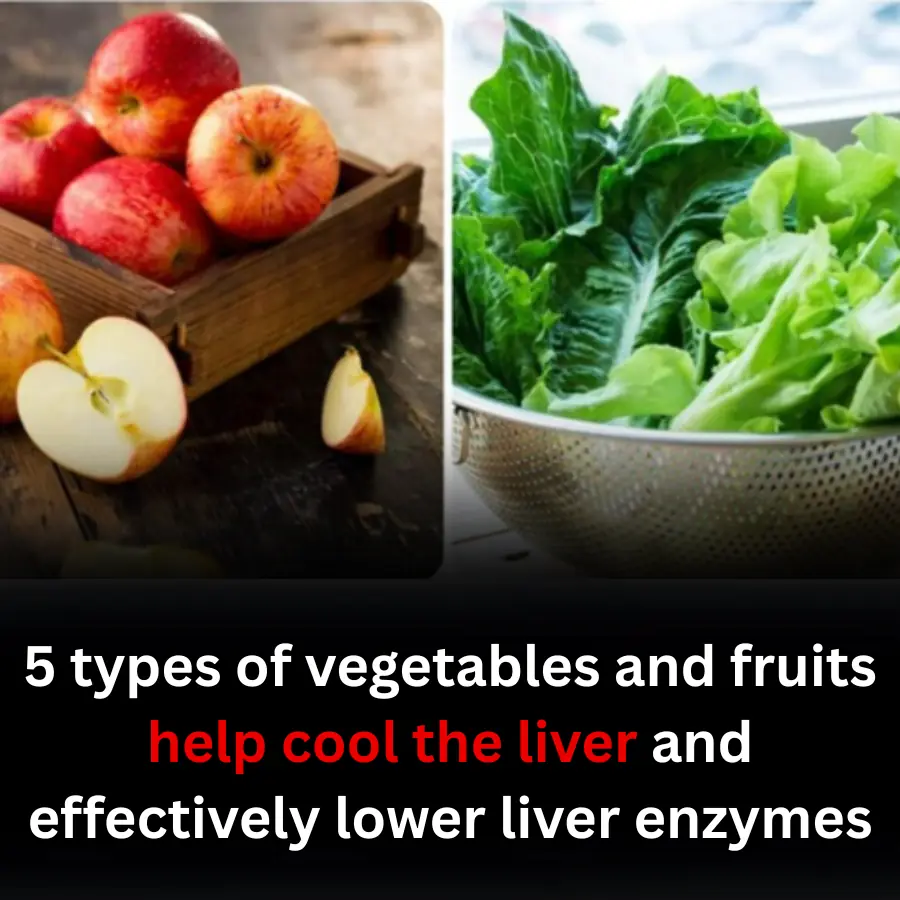
5 types of vegetables and fruits help cool the liver and effectively lower liver enzymes
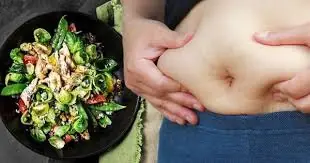
Top vegetable to help reduce visceral fat extremely effectively, nutritionist reveals 4 more easy ways to lose weight

Woman Sudden Kidney Failure After Meal: Doctor Says “This Vegetable Is Poisonous… You Shouldn’t Eat It”

3 Critical Mistakes You Must Never Make with a Stro.ke Victim — Regret Won’t Undo the Damage

3 Common Mistakes in Storing Watermelon During Summer

Shocking Truth: Black Garlic Isn’t for Everyone — 5 Types of People Who Should Avoid or Limit It Immediately

When Buying Oysters, Avoid These 3 Types
